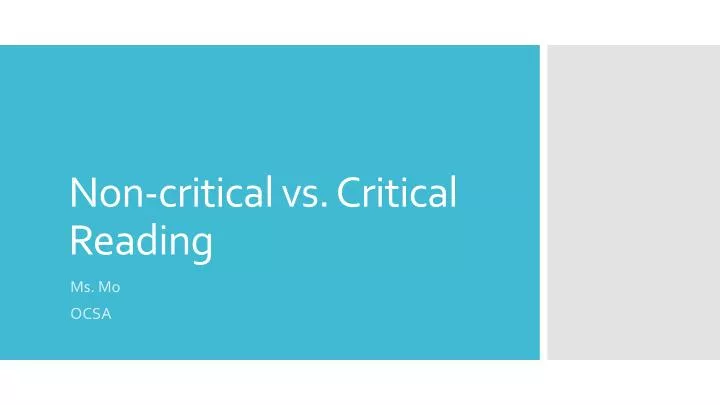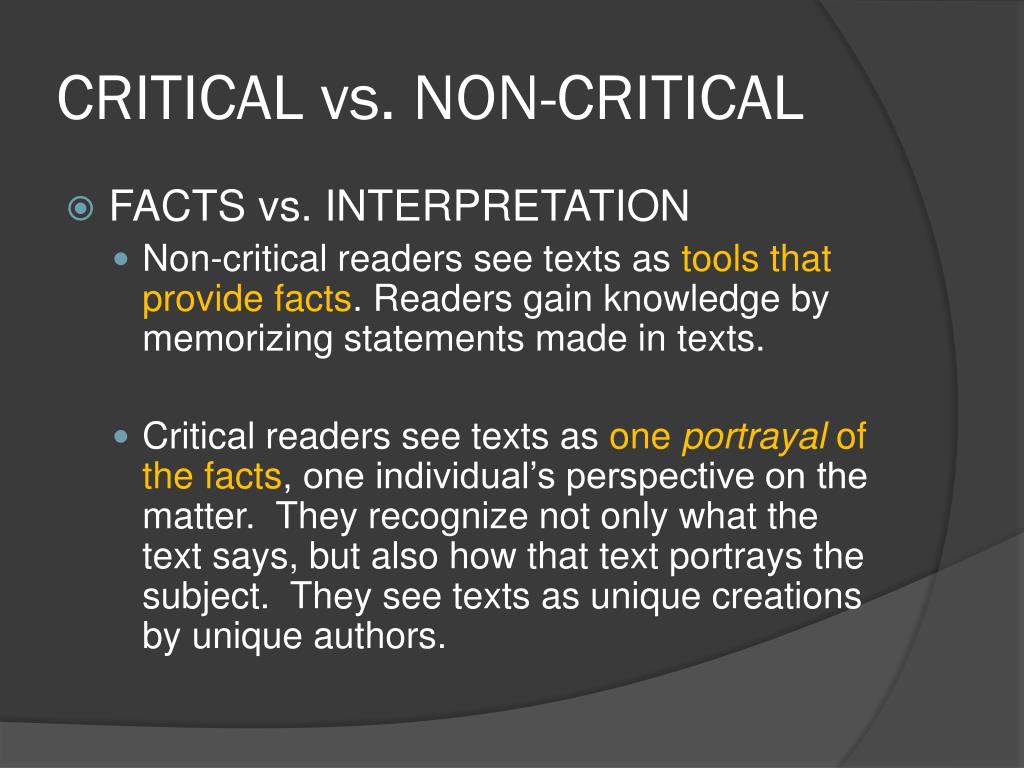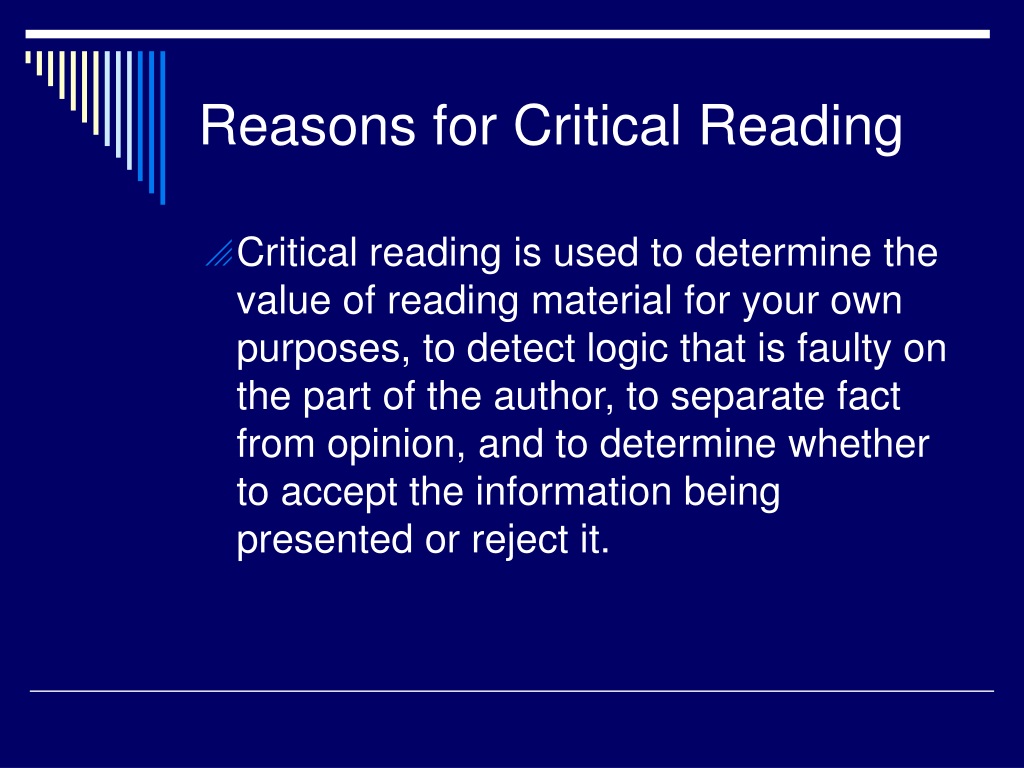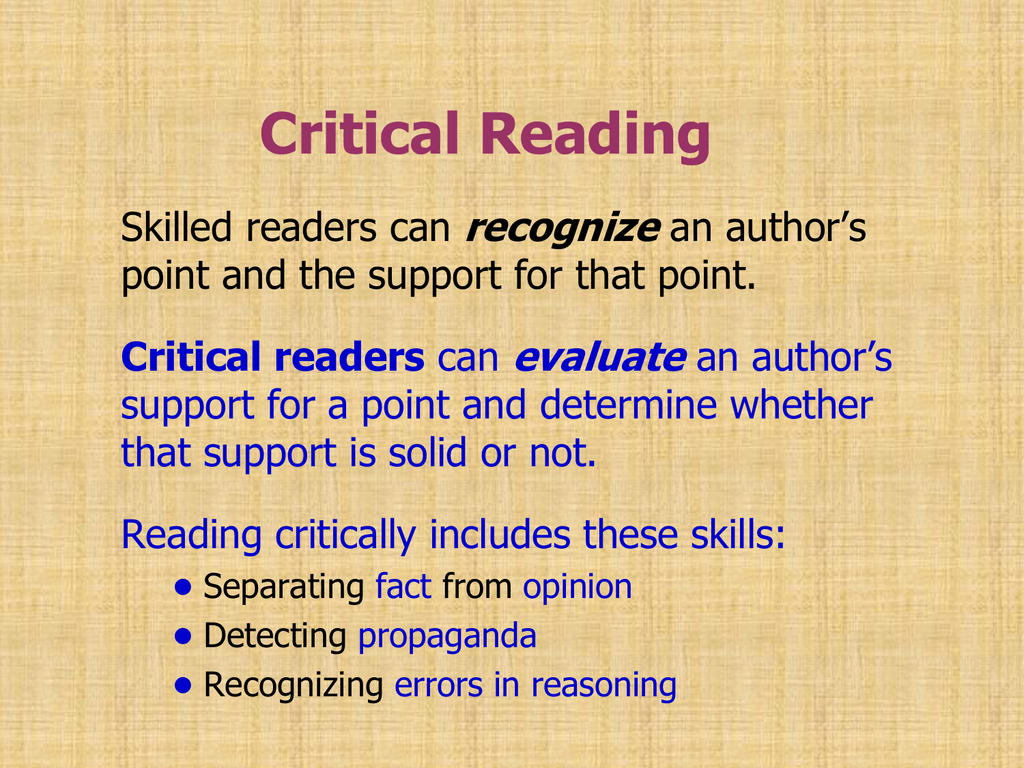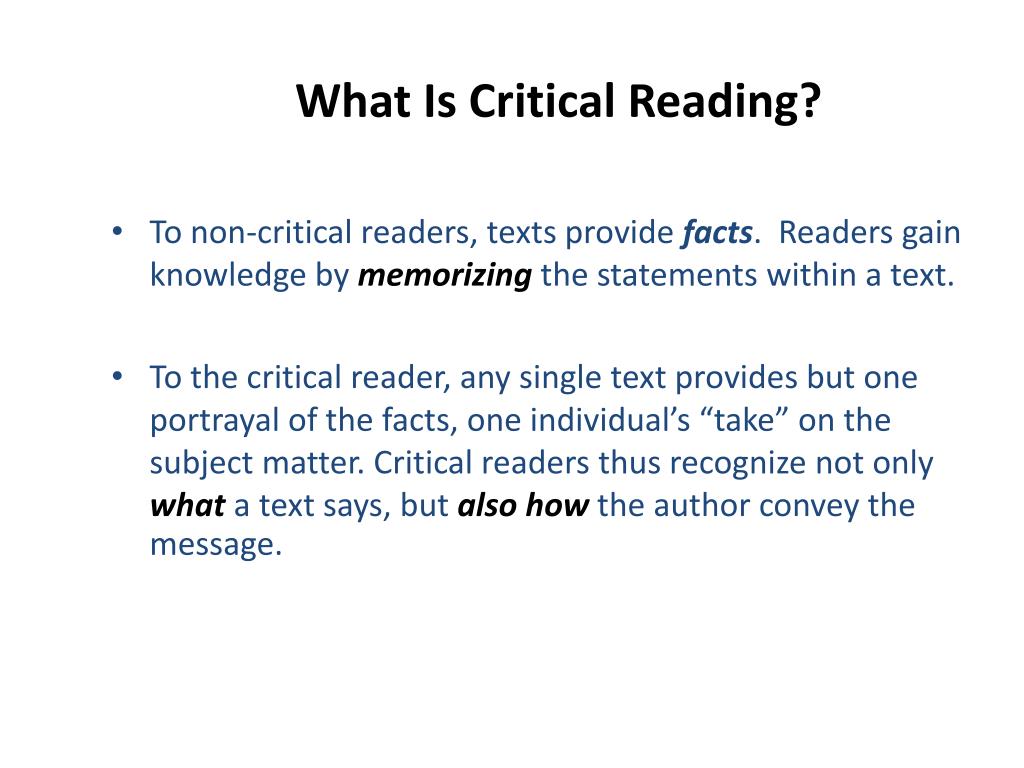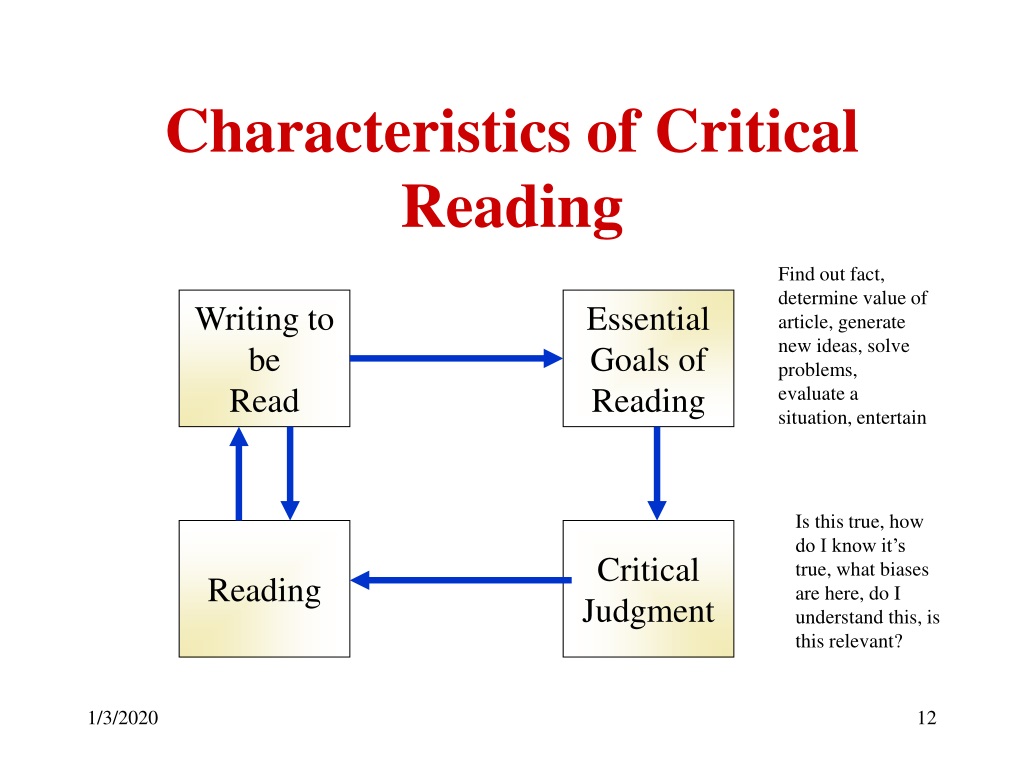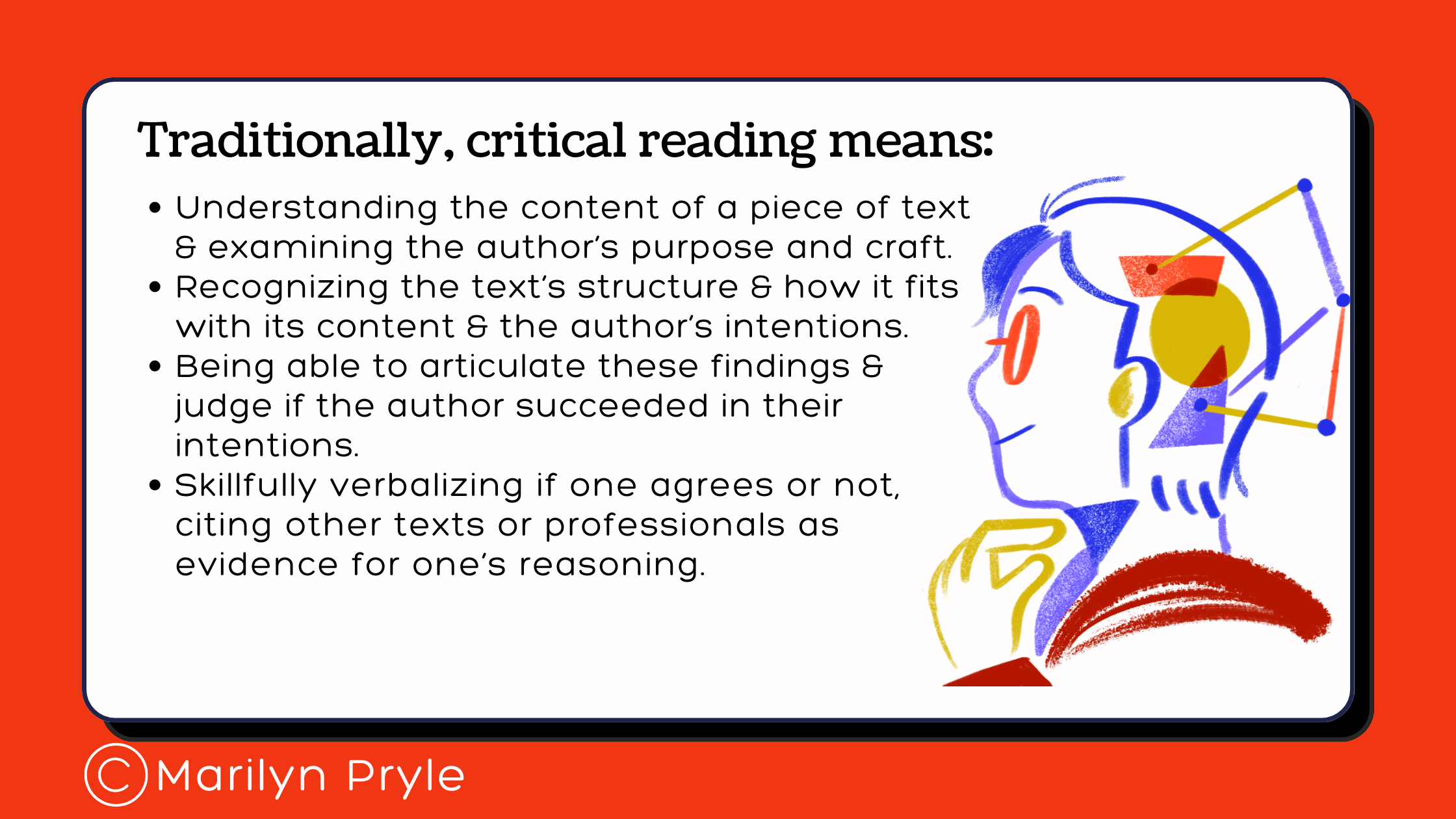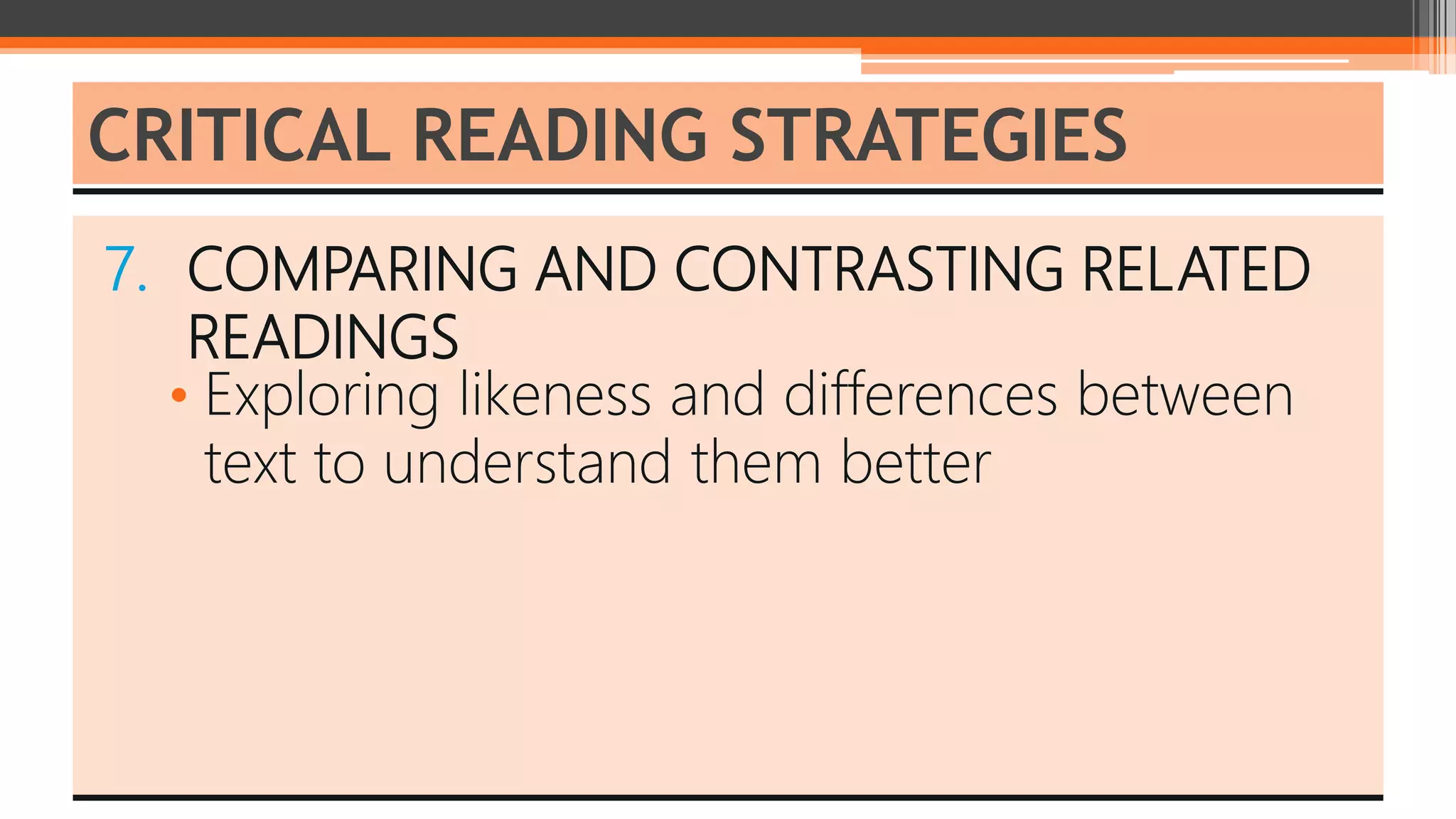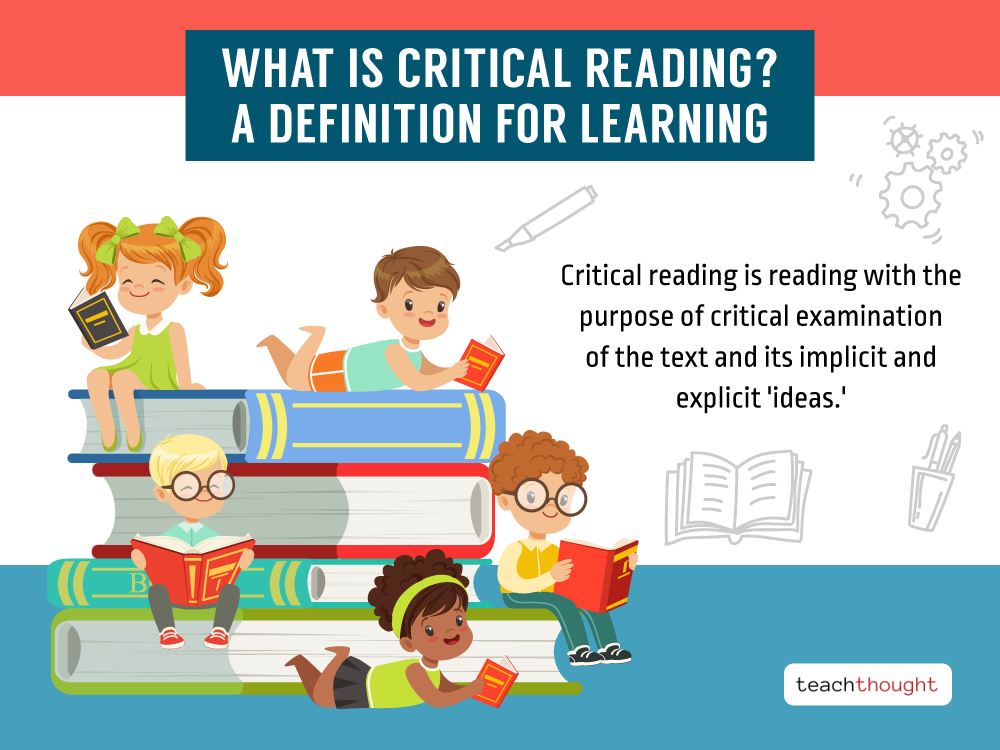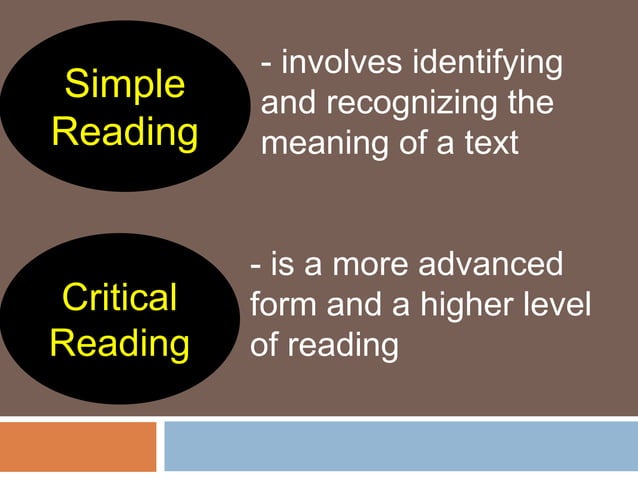Compare Non-critical Readers With Critical Readers

In an era saturated with information, the ability to discern fact from fiction and to critically evaluate sources has become paramount. Distinguishing between how individuals approach reading – specifically, the differences between non-critical and critical readers – reveals varying levels of engagement and comprehension with the material they consume.
This article examines the contrasting characteristics of non-critical and critical readers, shedding light on how each group processes information, their respective strengths and weaknesses, and the implications these differences have for learning, decision-making, and civic engagement. Understanding these distinctions is crucial for fostering a more informed and discerning society.
Defining Non-Critical Reading
Non-critical reading, at its core, involves accepting information at face value. The reader passively absorbs the content without questioning its validity, author's biases, or underlying assumptions. Essentially, it's a surface-level engagement that prioritizes information intake over analysis.
These readers typically focus on understanding the literal meaning of the text. They may be able to summarize the main points but often lack the ability to delve deeper into the nuances and complexities of the subject matter.
A key characteristic of non-critical readers is their tendency to accept information without independent verification. They rarely question the source's credibility or consider alternative perspectives.
Characteristics of Critical Reading
In stark contrast, critical reading is an active and analytical process. It requires the reader to engage with the text in a thoughtful and questioning manner, evaluating the evidence presented and considering the author's purpose and biases.
Critical readers seek to understand not only what the text says, but also how it says it and why. They actively analyze the author's arguments, identifying strengths and weaknesses in the reasoning.
They employ a range of strategies, including questioning assumptions, identifying biases, evaluating evidence, and considering alternative viewpoints. This active engagement fosters a deeper understanding of the material and enables the reader to form their own informed opinions.
Comparing the Two Approaches
The fundamental difference lies in the level of engagement. Non-critical reading is passive, while critical reading is active.
Non-critical readers are often content with simply absorbing information, whereas critical readers seek to understand the underlying context and implications. Consider the example of reading a news article about a new government policy. A non-critical reader might accept the article's claims at face value, while a critical reader would investigate the source of the information, consider potential biases, and compare the article with other reports on the same policy.
Source verification becomes crucial. Critical readers are more likely to check the credibility of the source and cross-reference information with other reliable sources. This process helps them to identify any potential misinformation or bias that may be present.
The Impact of Reading Styles
The choice between non-critical and critical reading has significant implications for various aspects of life. In education, critical reading skills are essential for academic success. Students who can critically evaluate sources and arguments are better equipped to write insightful essays and conduct independent research.
In the workplace, critical thinking is highly valued. Employees who can analyze information, identify problems, and develop solutions are more likely to be successful in their careers. As Daniel Kahneman suggests in "Thinking, Fast and Slow", our minds are susceptible to cognitive biases and errors which highlights the necessity to cultivate critical reading to circumvent hasty, error-ridden thinking.
Furthermore, critical reading is essential for informed civic engagement. Citizens who can critically evaluate political rhetoric and policy proposals are better equipped to participate in democratic processes.
Cultivating Critical Reading Skills
Developing critical reading skills requires conscious effort and practice. Begin by questioning the information you encounter, asking yourself "Who created this?", "Why was it created?", and "What evidence supports the claims being made?"
Actively seek out diverse perspectives on the same issue. Compare and contrast different sources to gain a more complete understanding of the topic.
Practice identifying biases and assumptions. Be aware of your own biases and how they may influence your interpretation of information. Online tools and courses specifically designed to enhance critical thinking can also prove valuable.
Conclusion
While non-critical reading may suffice for certain types of leisure reading, critical reading is indispensable in a world where information is constantly bombarding us. By actively engaging with texts, questioning assumptions, and evaluating evidence, we can become more informed, discerning, and empowered individuals.
The ability to critically evaluate information is not merely an academic exercise; it is a fundamental skill for navigating the complexities of modern life and contributing to a more informed and democratic society. Embracing critical reading is, therefore, an investment in one's personal growth and the well-being of society as a whole.
